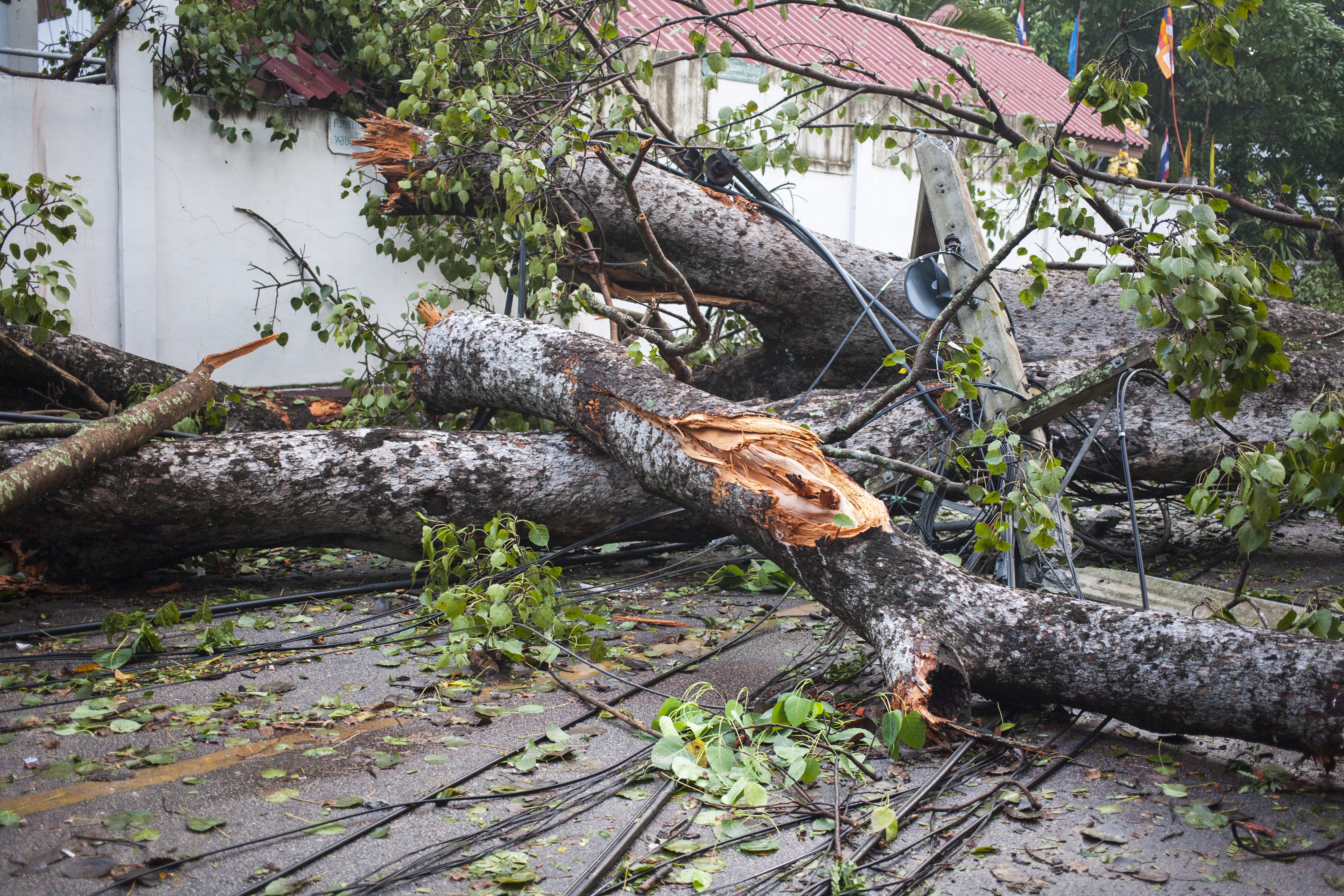It’s been proven over and over, especially in recent years, that disaster can and will strike anywhere and, at any time. Even those of us who feel a false sense of security because it’s as if living in the Midwest and Great Lakes area somehow protects us from disaster. It certainly does not.
According to The National Centers for Environmental Information (NCEI), statistics show, “The U.S. has sustained 371 weather and climate disasters since 1980 where overall damages/costs reached or exceeded $1 billion (including CPI adjustment to 2023),”.
“…The total cost of these 371 events exceeds $2.615 trillion. In 2023 (as of September 11), there have been 23 confirmed weather/climate disaster events with losses exceeding $1 billion each to affect United States. These events included 2 flooding events, 18 severe storm events, 1 tropical cyclone event, 1 wildfire event, and 1 winter storm event”.
When wind, water, or fire damage occurs, a highly trained, dedicated support team committed to keeping you informed and satisfied should be comprised of a superintendent, project manager, and an insurance liaison, as well as client service and administrative support professionals. This team should be there to help navigate the restoration process, including the complex insurance claims process, and to rise above the unexpected.
A disaster restoration consultant can help to verify that a contractor’s recommendations are on point, on budget, and in your best interest. Suppose they have attentive and experienced leadership and are available to review your existing project scope and timeline. In that case, they should be qualified to verify that your contractor’s budget aligns with industry benchmarks.
Additionally, one should expect that during a disaster preparation audit, they must be able to identify areas that are vulnerable to wind, water, and fire damage, as well as provide the insight – and the services if needed – to help address them before damage occurs. As a result, you’ll be better prepared for the unexpected and reduce the likelihood of significant property damage and major insurance claims in the future.
(NCEI is the Nation’s Scorekeeper in terms of addressing severe weather and climate events in their historical perspective. As part of its responsibility of monitoring and assessing the climate, NCEI tracks and evaluates climate events in the U.S. and globally that have great economic and societal impacts.)
Disaster recovery checklist
Licensed public adjusters who have handled thousands of claims across all disaster types, including fires, tornadoes, windstorms, floods, and business interruption, typically live in the communities they serve and are experts at assessing damage from common and rare disasters. Reputable companies suggest the following as a guideline for starting a disaster recovery checklist. Here are just a few:
- Make decisions that are best for the survival of your business
Policyholders often expect the insurance company to tell them what to do to save their business. Insurance company adjusters are simply auditors of your property insurance claim. Only you know your business and what’s best for your recovery.
- Hire your own experts
The insurance adjuster sent by your carrier to evaluate the damages is working exclusively for the insurance company, not for you. It’s your responsibility to document and submit your claim. Make sure you have someone on your side who knows insurance inside and out to ensure that you get a full, fair, and expedited settlement — while you concentrate on maintaining your operations, not on claim details. Understand that your claim will have to be verified.
- Establish contacts with reputable contractors
Establish contacts with reputable contractors. Ideally, you should know who you’ll call to help in your physical and financial recovery efforts. This saves you valuable time and gives you priority over others shopping for contractors after a disaster.
- Make decisions that are best for the survival of your business
Policyholders often expect the insurance company to tell them what to do to save their business. Insurance company adjusters are simply auditors of your property insurance claim. Only you know your business and what’s best for your recovery.
- Request a complete copy of your insurance policy
Read and make sure you understand your rights and obligations under your insurance policy before entering into any serious discussions or negotiations with your carrier. Seek out a professional to help you understand what your policy actually covers and, just as important, what it doesn’t.
*The content of this article is provided for informational purposes only. It is not intended nor should it be viewed as legal advice.
Business continuity plan and disaster recovery plan
A Business Continuity Plan (BCP) states the essential functions of the business, identifies which systems and processes must be sustained, and details how to maintain them. It should consider any possible business disruption. A BCP covers risks, including cyber-attacks, pandemics, natural disasters, and human error.
A disaster recovery (DR) plan is a formal document created by an organization that contains detailed instructions on responding to unplanned incidents such as natural disasters, power outages, cyber-attacks, and any other disruptive events.
Business continuity and disaster recovery have different goals. Effective business continuity plans limit operational downtime, whereas effective disaster recovery plans limit abnormal or inefficient system functions. Only by combining the two plans can businesses comprehensively prepare for disastrous events like a tornado.
Here are the five components:
- Risks and potential business impact
- Planning an effective response
- Roles and responsibilities
- Communication
- Testing and training
What are the 4 phases of disaster relief?
These common elements allow you to prepare for and protect yourself and your animals from disaster. Emergency managers consider disasters recurring events with four phases: Mitigation, Preparedness, Response, and Recovery.
Although, if you are currently going through or have been through a natural disaster that caused destruction to your property, the first step in that process would be “response.” Hopefully, if you have hired a professional company, they will go through the other steps as well to put the proper resolution into place for potential future incidences.
It is noteworthy to mention that these four phases are interconnected and often overlap. Each phase builds upon the previous one and the lessons learned from previous disasters. Effective disaster management requires comprehensive planning, collaboration across multiple sectors, and continuous improvement based on past experiences.
Disaster recovery audit program
In the wild world of disaster and chaos, a well-executed Disaster Recovery Audit Program is the superhero who rises to the top. With meticulous planning and expert guidance, businesses can soar above the rubble and emerge stronger than ever. So, be prepared, be bold, and let the disaster recovery team do what they do best.


